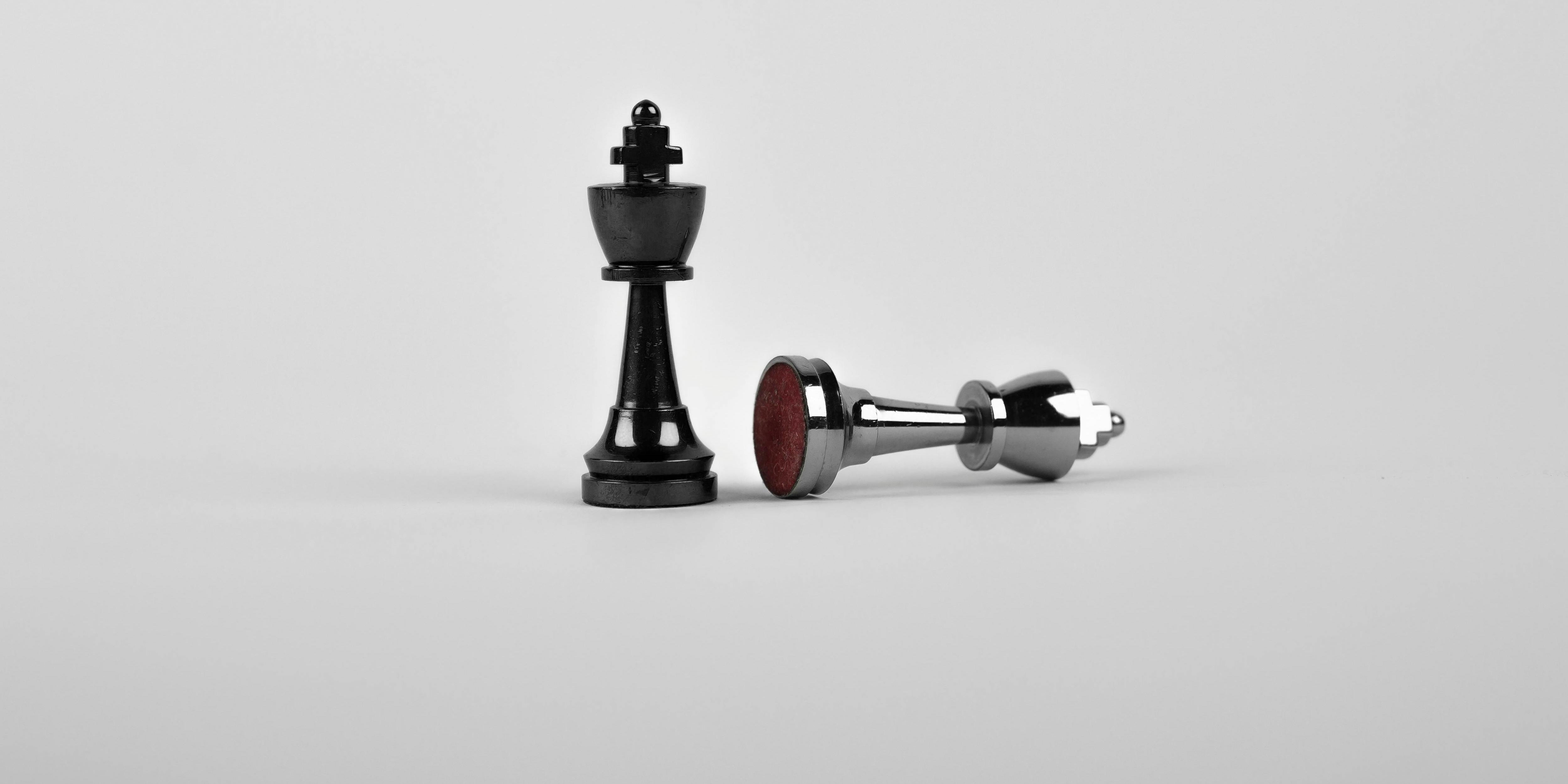
Enhancing your gemba skills
FEATURE – Michael Ballé shares a few tricks he uses to escape his default thinking and ensure he makes the most of every gemba walk he goes on.
Words: Michael Ballé, lean author, executive coach and co-founder of Institut Lean France.
How can I improve my gemba skills? This is a question I’m often asked – and that I ask myself as well.
Back in the old days, I was taught that “go and see” had three broad aims:
- Go to see problems for oneself at the source to find the facts necessary to make better decisions;
- Build consensus on the problem before arguing about solutions;
- Make sure that we make our best efforts to achieve our goals.
Genchi genbutsu, to use the Toyota expression, has a far more active connotation than passively going to the gemba and seeing. There is a sense of getting one’s hands dirty and grappling with the issues, listening to people, challenging situations and initiating kaizen, not so much to solve the problem, but to better understand it. The driving motivations are a mix of curiosity and discovery – as well as control, making sure that things really happen as we think they do.
One of the key contributions of lean to management thinking is refusing to accept the separation between thinking and doing that has been the basic assumption in Western organizations, since adapting Prussian army command-and-control to administrations (chiefs say, soldiers obey) and then generalizing Taylorism (engineers set the process, workers apply).

Sakichi Toyoda established the roots of what was to become lean management on a very different foundation. A self-made inventor himself, he grounded his people theory in Samuel Smiles’ Self-Help, the original self-help book whose Japanese translation sold more than one million copies in the Meiji era. Rather than complaining, as Henry Ford famously did, that every time he hired a pair of hands a brain came attached, Toyoda would look for workers with the inner drive to self-improve. Similarly, engineers were expected to “wash their hands at least three times a day,” meaning a true engineer gets his hands dirty doing.
These different origins radically change everything about management:

This is a very different ball game, and the opposite of “leader decides/followers execute” schema we’ve been taught all our lives. So it’s easy to backslide and pretend to be embracing lean, while in fact enforcing the traditional idea that bosses think of everything and workers do as they’re told. Keeping to the spirit of gemba walks is far harder than just showing up – the difference between “genchi genbutsu” and “management by walking around”.
The deeper question is not just “How do I improve my gemba skills?” but “How does one teach oneself a different way of thinking?”
This is a real challenge because as we use our brains to think about thinking while we think, it’s particularly hard to distance oneself and see our own thinking process operate. Thinking is as much emotion as reason and the subjective feeling of “being right” (often against evidence and what other people claim) is the emotion of independent thinking at work. Independent doesn’t make it true, though, as we are well capable of believing anything catchy or that has been repeated enough times. Reason is the cognitive action of disciplining our thinking in some form of logical and fit-to-fact modeling.
In other words, it’s incredibly hard to escape one’s own conditioning. Thinking requires a lot of energy. The brain demands a ridiculous amount of glucose to operate and, by and large, keeps finding shortcuts to avoid the hard work of reasoning things through. This “cognitive fluidity” explains that things easier to understand seem truer, fairer and more reliable. The power of visual management is largely based on this mental feature: make the process intuitive and you make the thinking much easier (as well as the collective thinking of discussing what you see with others).
In short, performing at the gemba means steering and disciplining your mind to jump fences it really doesn’t like to, such as really listening to people, and really looking for both what is on display and what is absent. The brain just wants to fill in the blanks with a priori knowledge and move on. The mind needs to grasp facts and understand.
To start with, I’ve accepted once and for all that I can’t really change my original, instinctive programming (in my case, my first job as a sailing skipper has left me deeply marked with a prioritize-and-execute mentality). I accept this is my default mode and, particularly when dealing with other people (I didn’t become a writer by accident – I find social interaction quite difficult), my first reaction will be to narrow down on the priority issue (rightly or wrongly) and then do something about it (helpfully or not). The trick is to realize that no amount of feeling certain makes me right. Because I know this will happen, I deliberately give myself weird mental exercises to distract my brain from its default mode. Looking back, I can spot four exercises I practice again and again to focus my mindpower on the gemba.
I’m not suggesting these mind tricks are “lean” practices, or that they can apply to anyone else. They are colourful because I need to jar my brain out of its default mode and, for lack of a better term, open my mental chakras to learn to see what is there beyond what my narrow perspective allows me to see.
So here they are…
1. WHAT IS THE TEAM’S ENERGY?
One of my early “a-ha” moments was the fact that lean redefined jobs as JOB = WORK + KAIZEN from JOB = WORK. If we look carefully, I believe we can see two forms of energies in a team at work:
1. Routine energy: the team is plodding through work without looking up and getting things done. This is a droning, slightly heavy energy. People won’t want to look up when you are there asking questions. They progress through the in-tray and action plans and do stuff.
2. Kaizen energy: The team is exploring in detail one topic with the aim to break the current logic and find a new way to solve the problem – do something different, try a new path. It’s a light and sparkling energy. The team looks up at overarching goals and asks itself where obstacles come from and what could be done differently.
I see these two energies very much as Yin (routine) and Yang (kaizen), in that they need to be balanced. Both are healthy, to a point, and both can slip into a neurotic dark side.

Thinking this way breaks me out of my prioritize-execute default mode and opens me up to look at people (how they view things, how they feel, how they work together) and, inevitably, at the leader in the team and the impact she or he has on the team’s orientation.
2. WHAT IS THE KNOWLEDGE POINT TAKEAWAY?
I remember one of the first gemba walks with my father. He was intently looking at a machine cycle and I had no idea what he was looking at. He then showed me that when the tool hit the end of its cycle it jarred violently the machine (we could see the mental tremble) and he was wondering whether this could affect the settings and create quality defects.
After countless such lessons, I have learned to see the gemba as a mandala, or a tarot game: each grain of sand has meaning, each card needs to be turned to reveal the hidden truth of things. In the early Toyota standards, we see both work sequence (similar to any production instructions) and specific knowledge points.

Looking for these specific knowledge points is never easy, but it is ultimately where go and see happens, where the rubber meets the road.
3. WHAT ARE THE DARUMAS?
Darumas are papier-maché dolls I discovered on my first trip to Japan. They represent Bodhidharma’s face. You black one eye when you make a wish or start a project, and the second when this is actually completed.
Asking oneself about what the team’s darumas are (or indeed the department’s or company’s) helps in visualizing concretely their goals and making sense of their plans. Have they posted any indicators? Are there any plans on the wall? What outputs do they control daily? Thinking in terms of darumas helps me clarify what the team is running after (or from) and what they are being asked to do by management.
Daruma thinking helps us to cut through the fog of reporting and conflicting instructions and information to see how people actually grasp their situation and apply their efforts – often very differently from what anyone thinks. Try it in any restaurant and you’ll see what I mean right away.
When working with CEOs, daruma thinking obviously has some degree of control: if the high-level darumas are clear, then on the gemba we do look for control points, visual indications of whether we’re getting closer to our goal or sliding away from it.
4. WHAT AM I COMPLETELY MISSING ALTHOUGH THEY’VE TRIED TO TELL ME?
The last deliberate exercise I try to force my brain to do at the end of a gemba visit is one of complete openness: what am I missing? There is always an elephant in the room. There is something unsaid, which the team has been hinting at, and every conversation is a workaround. We’ve been too busy arguing about this and that to notice.
In my mind, a successful gemba walk can be summed up in:

The aim of gemba walks is to fill in the mandala, to understand the deck of cards by turning hidden things into plain view and, in the process, engaging people in sharing their opinions and insights, so that we can all work on new solutions together. At the same time, when discussions get really interesting and tough problems are tackled, everyone also gets very emotional and people say things they didn’t quite mean or react in silly childish way (I plead guilty). It’s okay… there is no easy way to face difficult problems. You’ve got to have the conversations, people will get upset, leaders will (infuriatingly) be tempted to force them into adopting the official truth and people will slide in passive aggressive maddening behavior. It’s all par for the course.
On the other hand, gemba walks can be energizing and a lot of fun, when teams have gotten their act together, visibly feel responsible for their performance and are trying lots of smart things to make the process better. It’s important to accept that we need both: the difficult ones (breaking new ground) and the exciting ones (working on new solutions).
The revolutionary part of lean is that it reframes completely the relationship people have with their work: they’re not just there to “do a job”. They’re there to own that job, feel responsible for outcomes and empowered to make changes. With the advent of rigid IT systems where people are no longer knowledge workers whose decisions have an impact on outcomes, but information slaves who key the data in the system with no choice about what happens next, Taylorism still appears to represent a threat. That’s why we need lean thinking more than ever to align customer satisfaction with employee engagement and keep adapting our enterprises to fast-evolving markets. This is the fundamental aim of gemba walks, this is the goal we need to regularly look up to even as we’re caught up in the drama or the excitement of discussions. Gemba walks are not about making sure people know what they’re doing and work as expected. Their aim is to have a continuous discussion about how company-level challenges break down into local problems, how people understand the practicalities of these problems, take ownership of their work and come up with new ideas and try new ways of doing their job. The aim of gemba walks is to sustain the flow of ideas and learning throughout the business.
I don’t know of any methodical way of improving gemba skills other than accepting that our brains will always try to normalize situations and filter the reality with a priori beliefs – particularly beliefs we’ve publicly committed to. And that’s ok: reiterating and explaining one’s beliefs is an important part of conducting gemba walks. But it constantly needs to be balanced with a genuine curiosity about facts and people’s own views on them. There is no end result to this process. It’s the very process of blending thinking and doing, ideas and facts that creates the shared experience from which we all move forward together. Think of it like riding a temperamental horse: you both need to stay on the horse and not get thrown and look at where the path is leading you. If there is one thing we can all practice in conducting gemba walks is to remember to look up occasionally, and that the aim is to build a consensus – build, not coerce – on the problem to solve so that everyone can participate in its resolution. Never a dull day.
Learn more about gemba walks on The Lean Sensei (US readers here; European readers here)

THE AUTHOR

Read more


FEATURE – As South Africa fights a second Covid-19 wave, the CEO of a hospital group shares some of the lessons learnt so far and how Lean Thinking is helping the organization resist.


FEATURE – A lean management system is necessary to effectively run a business. Can Art Smalley’s four types of problems framework help such a system to focus on what’s really important?


CASE STUDY – This Barcelona hospital began its journey with ambitious projects and is starting to see the fruits of its labor, with the pandemic acting as an unexpected but powerful catalyst for change.


FEATURE – To successfully transform, we need to change our “theory of success”. The authors discuss the obstacles managers face along the way.

